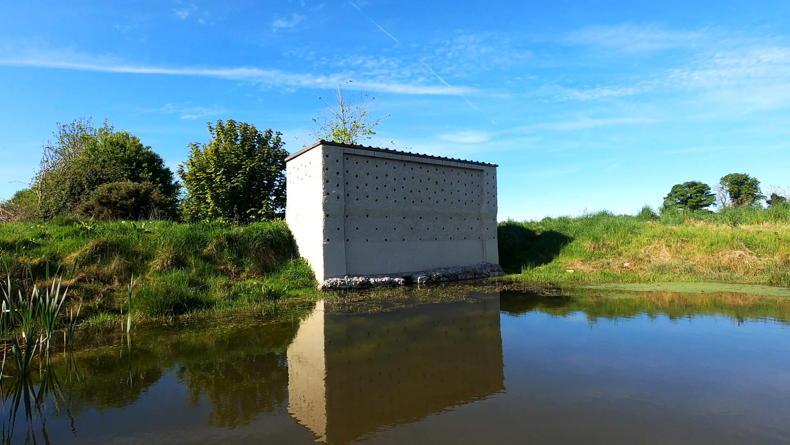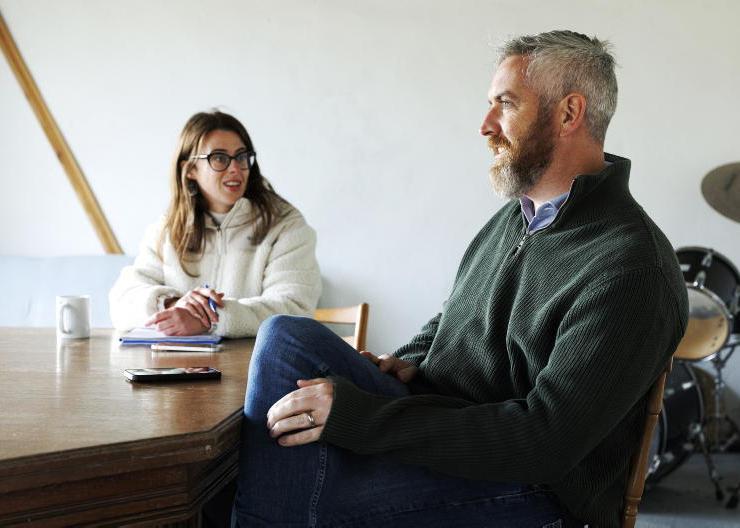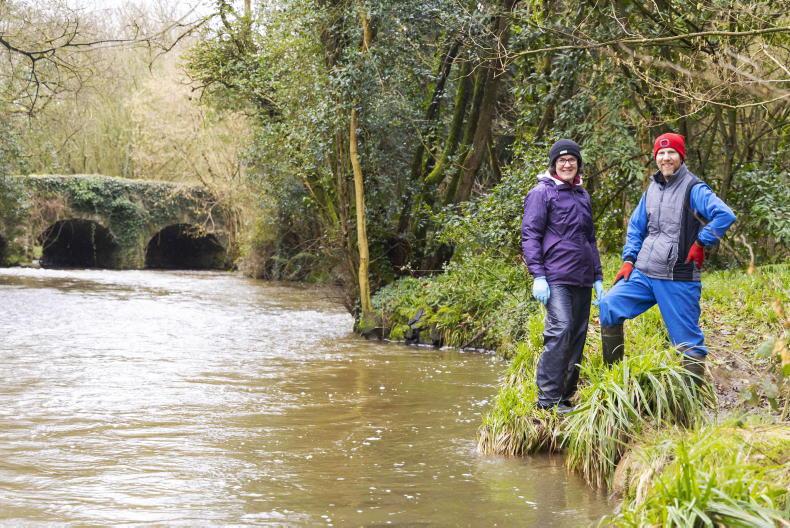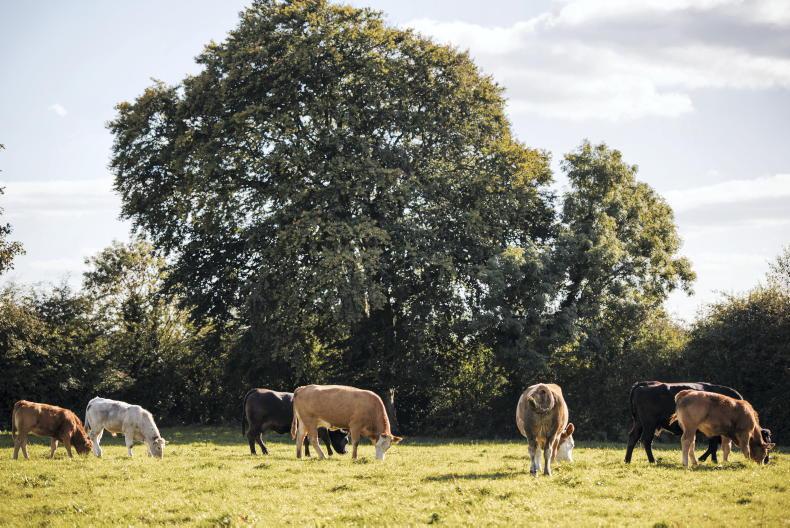Kildare farmer Dermot Doran, like all farmers, is glad to see signs of summer on his farm. For Doran though, it’s the sight of new arrivals with wings that are most exciting.
The dairy farmer-turned-beef and sheep farmer switched enterprises in 2005, preferring a more extensive type of farming which he wanted to do in harmony with nature.
He set about improving biodiversity on the farm by building bird and owl boxes, growing hedgerows and reducing his fertiliser usage to nil.
One of the most significant changes Doran made, he told the Irish Farmers Journal, was to construct a pond the size of an acre in 2017.
“It attracted a vast amount of wildlife into the area around the farm. I would say to any farmer who wanted to improve biodiversity that a pond is a way to go,” he said.
By 2020, the Kildare man recorded at least 13 different species of dragonfly on the pond, as well as 10 species of water birds that were new to the farm.
Two years later, after noticing sand martins at his pond, Doran decided to build a unique structure for them to nest in.
“I did some research and saw that sand martins were in decline, being added to the amber listing of birds of medium conservation concern in Ireland,” he explained.
He decided to build the wall, as he had read that they preferred man-made structures to nest, such as like walls and bridges.
The Sand Martin Wall is a very busy place at the minute. https://t.co/0Oxfj0pznT pic.twitter.com/jdwXLOojb6
— @DoranDermot (@DdDorandermot) April 21, 2023
The new addition was an instant success.
“The sand martins immediately took to the wall, and it resulted in absolute success. The wall started off with just two pairs in 2019, now it has over 37 pairs nesting in the wall.”
He believes that his farm is just one example of how biodiversity can be introduced to farms and is keen to assure farmers that even a small investment can be beneficial in the long run for their farm’s habitats and wildlife.
The Farming for Nature ambassador believes the new ACRES scheme is a great way to incentivise farmers for their ecosystem services, particularly on less economically viable farms in the west of Ireland.
“Maintaining biodiversity is a service and it's essential that farmers are given incentives for their work in this area,” he told the Irish Farmers Journal.
About sand martins
Sand martins spend several months in Ireland from mid-March to September and winters in sub-Saharan Africa, crossing the Sahara Desert in autumn and spring, according to Birdwatch Ireland.
The sand martin is the smallest breeding hirundine species, being about one third smaller than both the house martin and swallow.
They feed almost exclusively on insects caught in flight.
Sand martins typically breed in burrows dug into river banks or quarries. These breeding sites are vulnerable to predation by mink and foxes.
Feeding birds disperse widely, favouring wetlands and rural areas, and they are less frequently seen in urban areas.










SHARING OPTIONS